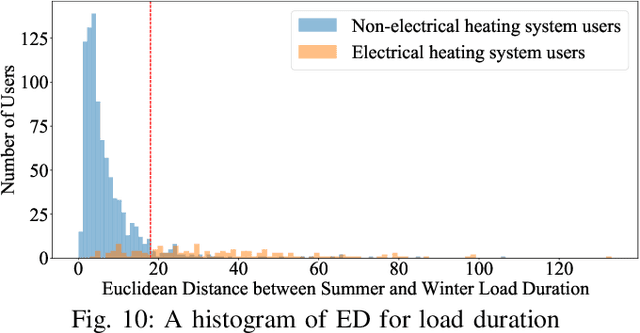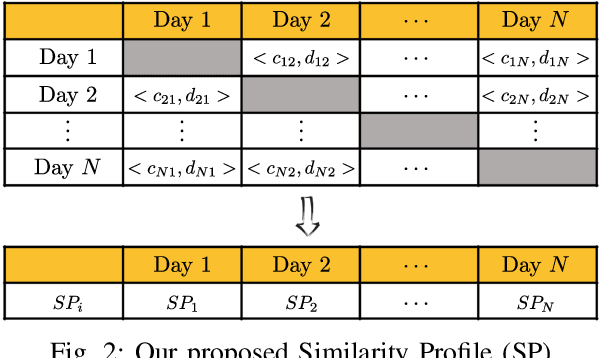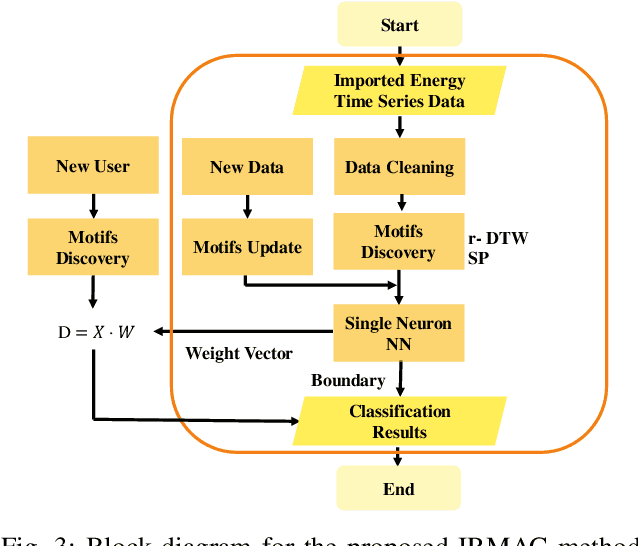Jon A. R. Liisberg
A New Time Series Similarity Measure and Its Smart Grid Applications
Oct 19, 2023Abstract:Many smart grid applications involve data mining, clustering, classification, identification, and anomaly detection, among others. These applications primarily depend on the measurement of similarity, which is the distance between different time series or subsequences of a time series. The commonly used time series distance measures, namely Euclidean Distance (ED) and Dynamic Time Warping (DTW), do not quantify the flexible nature of electricity usage data in terms of temporal dynamics. As a result, there is a need for a new distance measure that can quantify both the amplitude and temporal changes of electricity time series for smart grid applications, e.g., demand response and load profiling. This paper introduces a novel distance measure to compare electricity usage patterns. The method consists of two phases that quantify the effort required to reshape one time series into another, considering both amplitude and temporal changes. The proposed method is evaluated against ED and DTW using real-world data in three smart grid applications. Overall, the proposed measure outperforms ED and DTW in accurately identifying the best load scheduling strategy, anomalous days with irregular electricity usage, and determining electricity users' behind-the-meter (BTM) equipment.
IRMAC: Interpretable Refined Motifs and Binary Classification for Rooftops PV Owners
Sep 23, 2021



Abstract:In this paper, we seek to identify residential rooftop solar PV owners using imported energy data. To solve this problem with an interpretable, fast, secure, and maintainable solution, we propose Interpretable Refined Motifs And binary Classification (IRMAC) method, which includes a shape-based dimensionality reduction technique we call Refined Motif (RM), and a classification technique with linear complexity to identify solar owners. Furthermore, with the real data from Australia and Denmark, the proposed method is tested and verified in identifying PV owners as well as identifying electrical heating system users. The performances of the proposed method is studied and compared with various of state-of-the-art methods, where the proposed method outperformed the alternatives.
 Add to Chrome
Add to Chrome Add to Firefox
Add to Firefox Add to Edge
Add to Edge